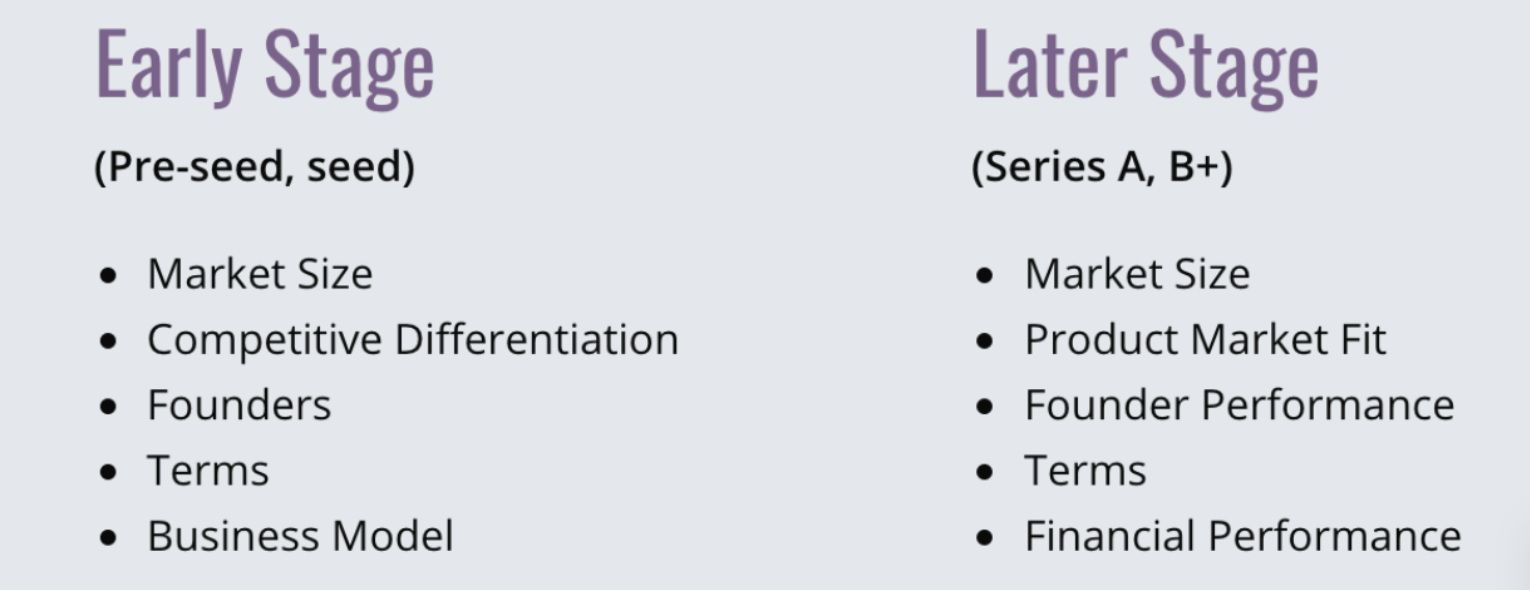Last month, we outlined the five metrics that go into evaluating early and late-stage companies. You may have noticed that market size appears on both lists. Market size is a very strong predictor of startup success. Specifically, how big the market is in which the startup’s product or service exists. These can include fintech, food and drink, software/apps, consumer products, CBD, automobiles, etc.

Market size can be broken down even further into three categories: Total Addressable Market, Serviceable Addressable Market, and Serviceable Obtainable Market. Each is progressively more exclusive and refers to sections of the total market based on product fit and reach.

At KingsCrowd, we typically acknowledge the Total Addressable Market and then delve into an approximate percentage of that market that is addressable. Frequently, these are estimates, and there is significant room for error. For this reason, our analysts use several credible sources when researching market size. And generally, the bigger, the better.
Not only does the size of the market matter, so do market trends. For example, capturing a very small portion of a trending market may prove to be more valuable than capturing a large portion of a quiet market. Alternatively, markets can prove to be too crowded, at which point our analysts look for competitive differentiators, as no one metric exists in a vacuum.
Metrics to measure market size include total annual revenue, whether in the US (or wherever the company is founded) or globally, as well and CAGR, or a Compound Annual Growth Rate. Together, these statistics help to outline not only the size of the market as it stands but also to forecast trends.
For further questions about market size, our due diligence process, or any of our other metrics, feel free to reach out to hello@kingscrowd.com.





